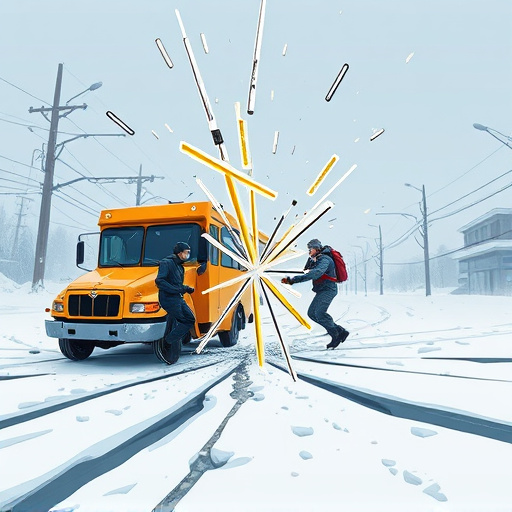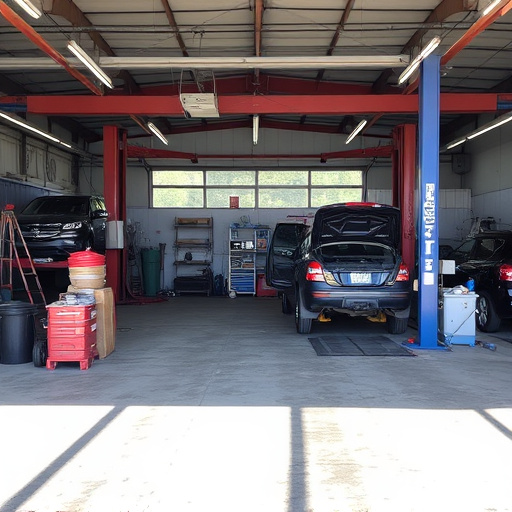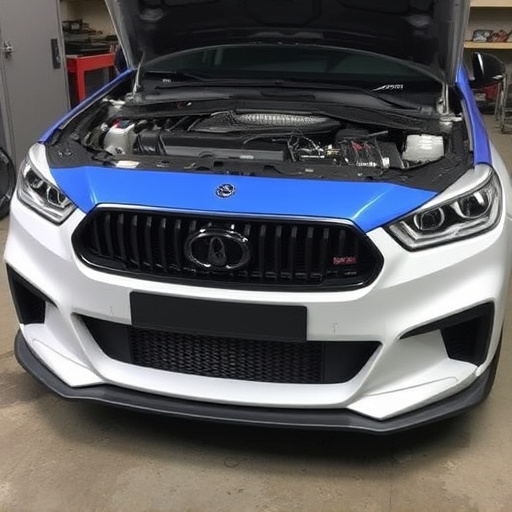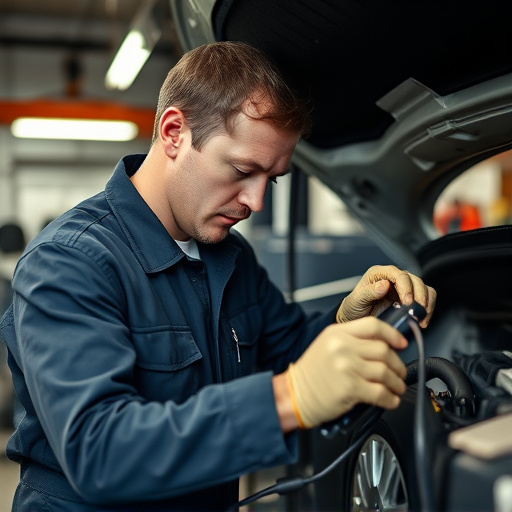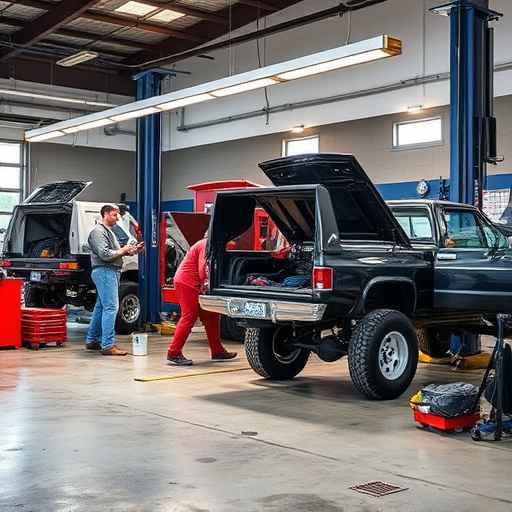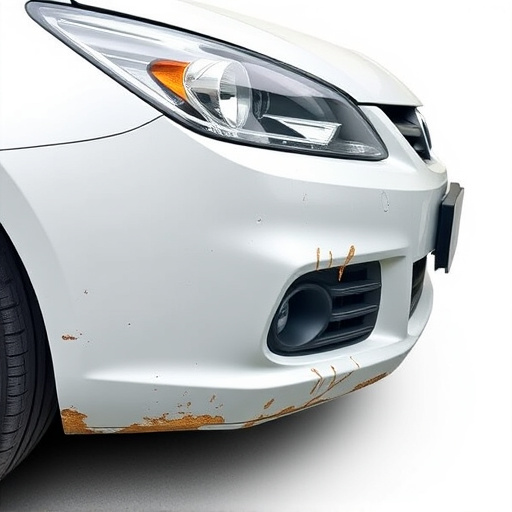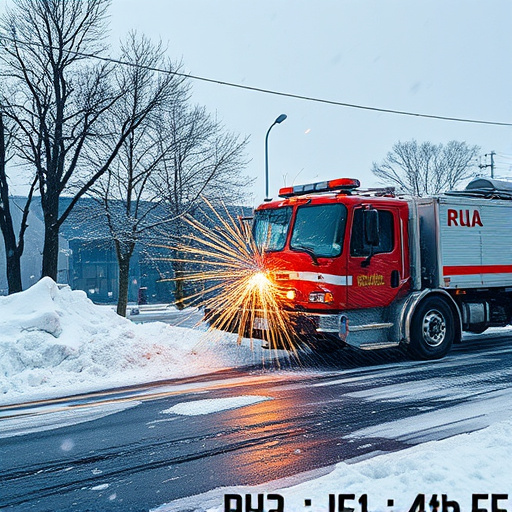Minor dent repair addresses cosmetic damage from parking bumps or door dings. Experts use manual or paintless methods to restore original condition with minimal painting or body panel replacement. Before attempting repairs, prepare car and workspace, assess dent severity, and consider DIY vs professional techniques. Various methods like 'pinning' for small dents or heat guns for larger ones are used; extensive damage may require panel replacement. Minor dent repair offers an affordable solution to rejuvenate vehicles' exteriors.
Looking to fix those pesky little dings and dents on your vehicle? Discover the art of minor dent repair, a cost-effective alternative to traditional bodywork. This comprehensive guide breaks down the process step-by-step, from understanding dent damage to expert repair techniques. Learn how preparation, the right tools, and precise methods can restore your car’s beauty without breaking the bank. Get ready to transform those nicks and scratches into a smooth finish with our expert tips on minor dent repair.
Understanding Minor Dent Damage
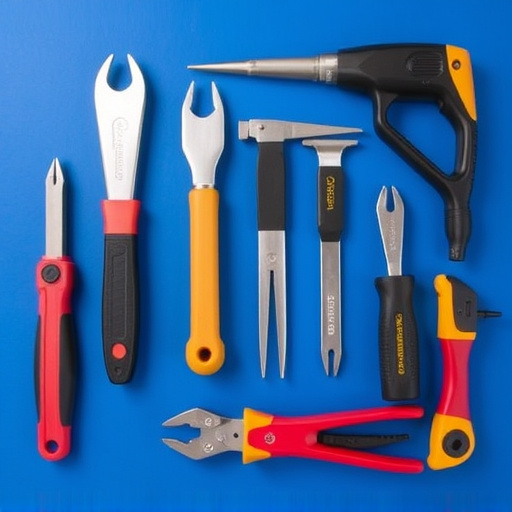
Minor dent damage can range from small, shallow depressions to larger, more noticeable dents that affect the vehicle’s appearance and potentially its structural integrity. It’s often caused by minor accidents, such as parking bumps or door dings, and can be frustrating for car owners. The good news is that minor dent repair services offer an effective and affordable solution.
Understanding the extent of the damage is crucial before proceeding with any auto body repair or collision repair process. Many factors determine the approach taken for minor dent repair, including the size, depth, and location of the dent. Automotive collision repair professionals use various techniques, from manual methods like hammering and clipping to more advanced technologies such as paintless dent repair (PDR), which preserves the original factory finish without extensive painting or body panel replacement.
Preparation for Repair Process
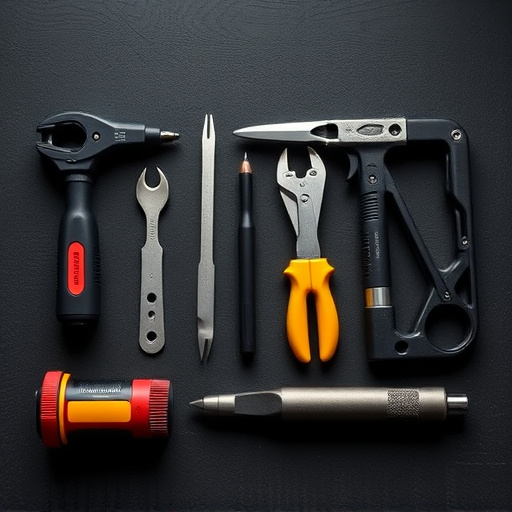
Before beginning any minor dent repair process, it’s crucial to prepare your car and work area for an efficient and safe outcome. Start by cleaning the damaged area thoroughly, removing any dirt or debris that might interfere with the repair. This step ensures that the adhesive used will adhere properly, providing a seamless finish. Next, assess whether the dent is suitable for DIY repair or if it requires professional attention from a trusted car repair shop, especially if the damage involves the frame straightening process.
For minor dents, many automotive repair experts suggest doing a test patch on an inconspicuous part of your vehicle to practice and ensure you’re comfortable with the repair technique before attempting more visible areas. Gather all necessary tools, including putty knives, sandpaper, primer, paint, and protective gear for safety during the process. Proper preparation sets the stage for successful minor dent repair, resulting in a car that looks as good as new.
Step-By-Step Repair Techniques
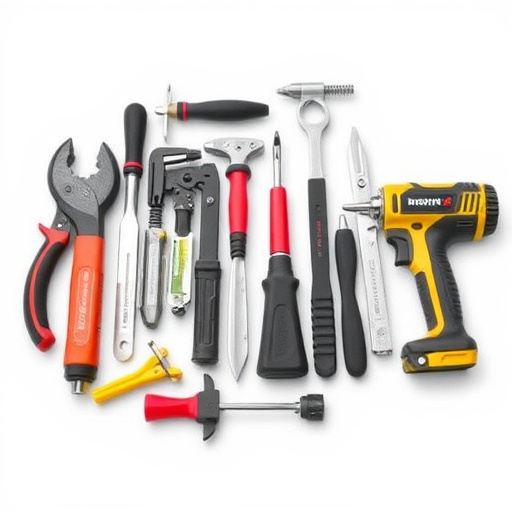
Minor dent repair is a precise art that can restore your vehicle’s exterior to its pre-damaged condition. The process involves several step-by-step techniques, each tailored to different dent sizes and shapes. For smaller dents, known as ‘dents’ or ‘blemishes’, the most common method is the use of specialized tools to gently press the dent out from behind the panel. This technique, often called ‘pinning’, realigns the metal without breaking the paint, leaving a near-invisible repair.
For larger or more complex dents, such as those caused by collisions or severe impacts, a more intensive approach is required. This may include using heat guns to soften the dented area, followed by careful hammering and hand tools to slowly reshape the panel. In some cases, where the damage is extensive, replacement panels (car dent removal) might be necessary, requiring skilled autobody repairs to ensure seamless integration and a perfect finish (car body repair).
Minor dent repair is a straightforward process that can significantly enhance your vehicle’s appearance. By understanding dent damage, preparing your workspace, and following the step-by-step techniques outlined in this guide, you can effectively fix small dents at home or with professional assistance. Remember, prompt action after sustaining a minor dent improves repair outcomes. Whether you choose DIY methods or seek expert help, these steps ensure your vehicle’s exterior is restored to its former, smooth state.
